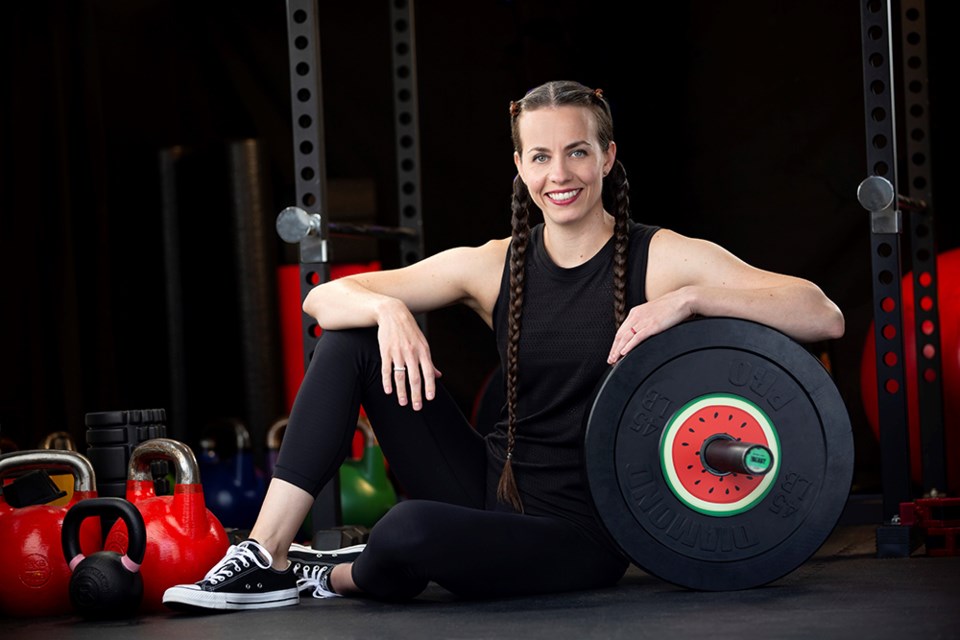Compound exercises use more than one joint (e.g. chest press, dumbbell rows, squats, lunges), while isolation movements use only one joint (e.g. biceps curls, triceps extensions, leg extensions).
Compound lifts will give you much more bang for your buck if you’re looking to increase strength, build muscle and affect your body composition. Make 80 per cent of your training compound lifts, and 20 per cent isolation movements. Individual goals and needs will slightly adjust these numbers.
With compound movements, you’re able to use heavier weights, meaning more strength and muscle gains. Using larger muscle groups and heavier weights leads to a greater spike in growth hormone and testosterone, which are required for muscle building.
Compound lifts mimic real-life movement patterns — “functional” strength at its finest! They also work more muscle groups in less time, improve inter-muscular coordination (several muscle groups across different joints working together) and they lead to a better training effect: higher heart rate, better cardiovascular effect and more required energy output.
Karina Inkster is a qathet region health and fitness coach, author of five books, and host of the No-B.S. Vegan podcast.
If you have expert advice to share with Peak readers, email [email protected] for submission details.




